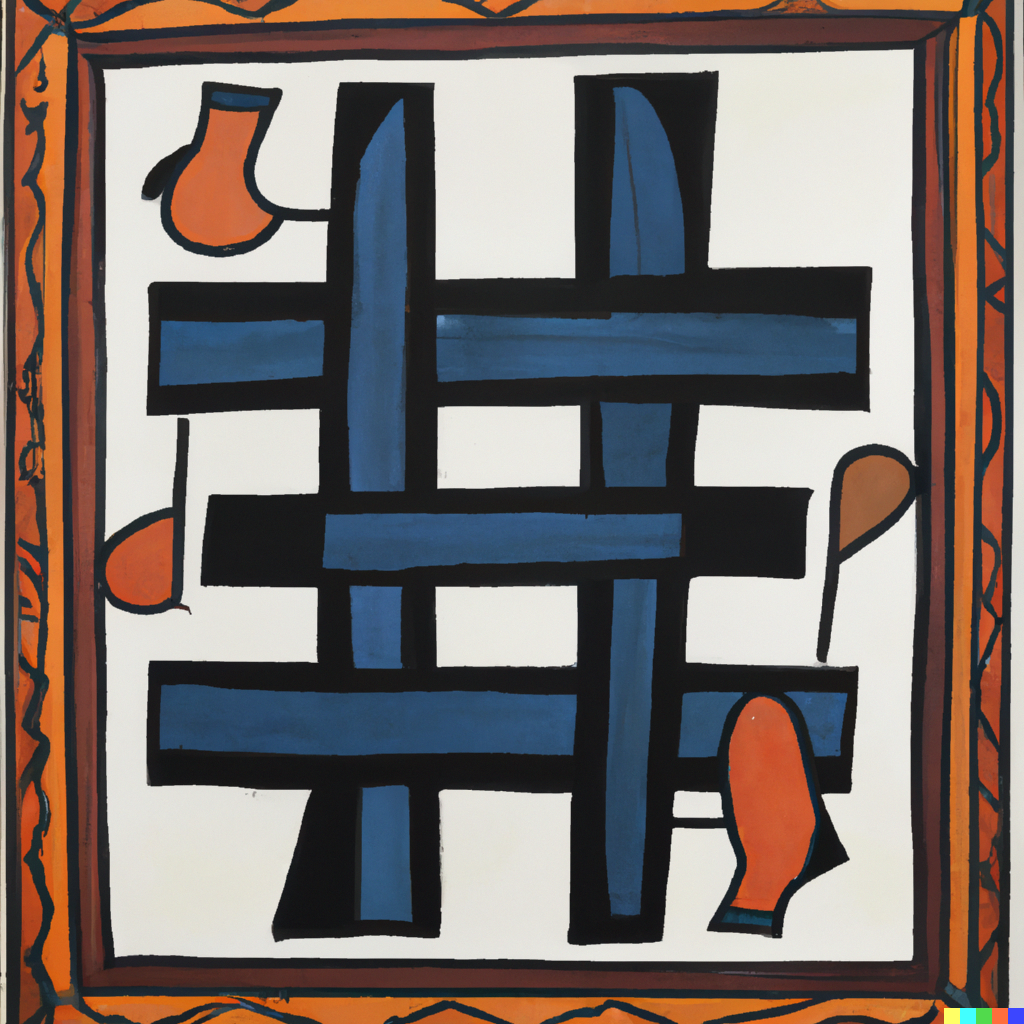Hashtags were born in 2007 as a simple tool to categorise content on Twitter. In just over a decade since their first use they have emerged as relevant objects of study for the social and computer sciences, the humanities, media studies and many more including sociology, political science or communication. Hashtags are now fully integrated into the dynamics of contemporary culture and society and they routinely become part of a wide range of objects or phenomena both online (i.e. Twitter Trends) or offline i.e. in advertising.
During this short time since 2007 they have evolved so much, that their initial function of categorising is sometimes not even worth mentioning. The most interesting things about hashtags happen either behind the closed door of the Twitter algorithm or behind the closed doors of Twitter users’ houses. Hashtagging is being practiced increasingly not to categorise content but to make jokes (#toomuchfaketan), to comment (#yesiknow), play hashtag games (#GiveAMovieAName), watch television (#BBCQT), convey emotions (#Grrr) build communities (#PhDChat) or to ‘talk to’ Twitter algorithms and manipulate them in order to make hashtags trending. All these new functions were developed by Twitter users and there seems to be no end of this progress – they have the potential to do even more in the future, which is being continuously realised by both – Twitter users and Twitter as a platform.
Hashtagability
In order to capture this potential I developed the concept of hashtagability – a combination of the word ‘hashtag’, understood as a word or phrase, on social media websites and applications, preceded by a hash (#) (Oxford English Dictionary) and the Weber’s (2007:140) notion of -ability, understood as a suffix that ‘stamps the noun with the irreducible quality of possibility’. In combination, hashtag and -ability form hashtagability – the potential for users to do things in ways that are enabled (made easy) by the platform (and in other ways). Hashtagability can be either realised by the users or the platform, most of the time in a combination of the two. In plain English, hashtagability means ‘the potential of the hashtag to do things’. This possibility as argued by Weber (2007:140) ‘is never fully realized or realizable: its reality depends on the future, but on the future in which the reader is inevitably implicated.’ The new functions of hashtags could emerge anytime as millions of Twitter users scattered around the world are not practicing hashtagging, but hashtagability – the process of realising hashtag potential to create new functions or simply do things.
Hashtagability is a concept that helps to understand the ‘happening’ of hashtags and provides the framework to study them. As a concept it sits at the junction between media studies, data science and digital methods studies. For some of my readers the proposed definition might seem rather sociological. Those from the field of media studies or computer sciences, should simply understand it as ‘the potential of the hashtag to do things’ compressed into a single word. With that in mind, the sentence: ‘The study of the structural possibility of hashtags to act as a tool for content categorisation’ becomes ‘The study of hashtagability realised through content categorisation.’
Acknowledgement
The concept of Hashagability was developed for my PhD thesis. I am thankful for the financial support provided by the Economic and Social Research Council (ESRC) which helped me to complete this research at the University of Warwick.
References
Piatek, S. J. (2020) ‘Hashtagability: A study of the potential of hashtags to do things on Twitter’, PhD Thesis, University of Warwick, UK
Weber, S. (2007) ‘On Benjamin’s ‘-abilities’’ in Daedalus, 136(2), 138-141. [Online] Available at: www.jstor.org/stable/20028119
All images were generated using DALL.E 2 (Open AI)
